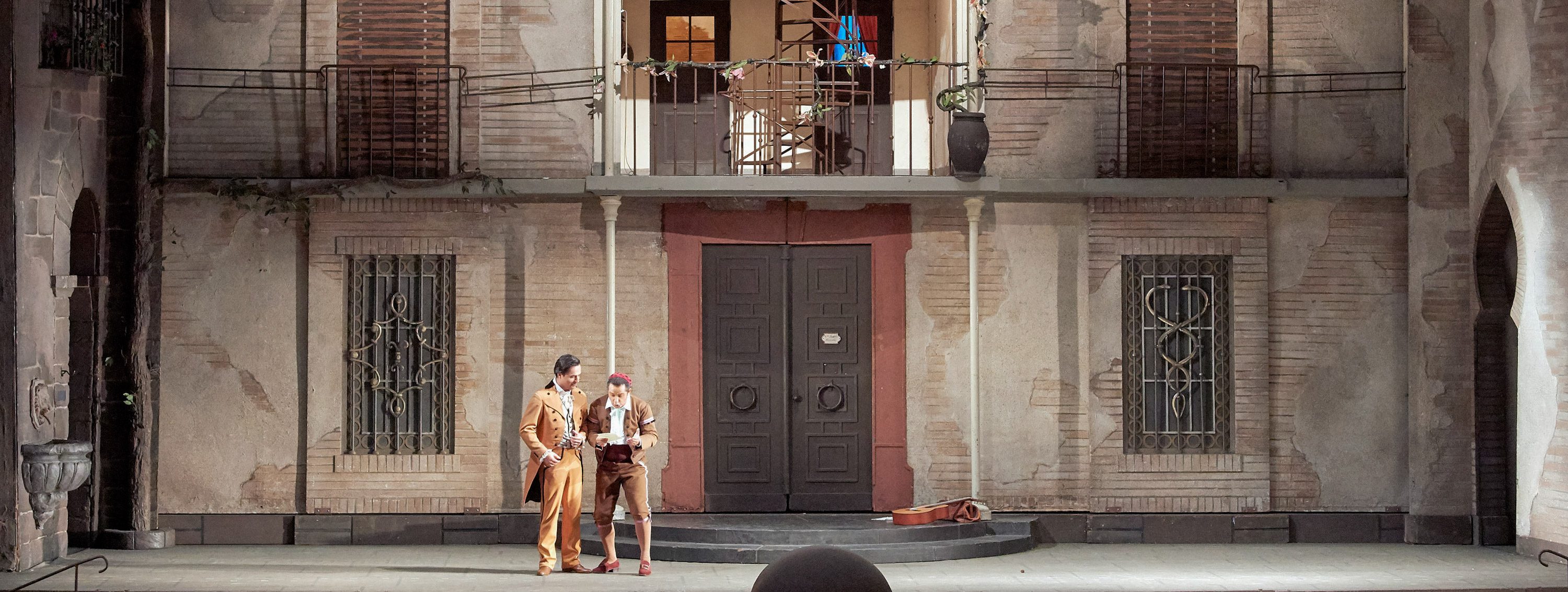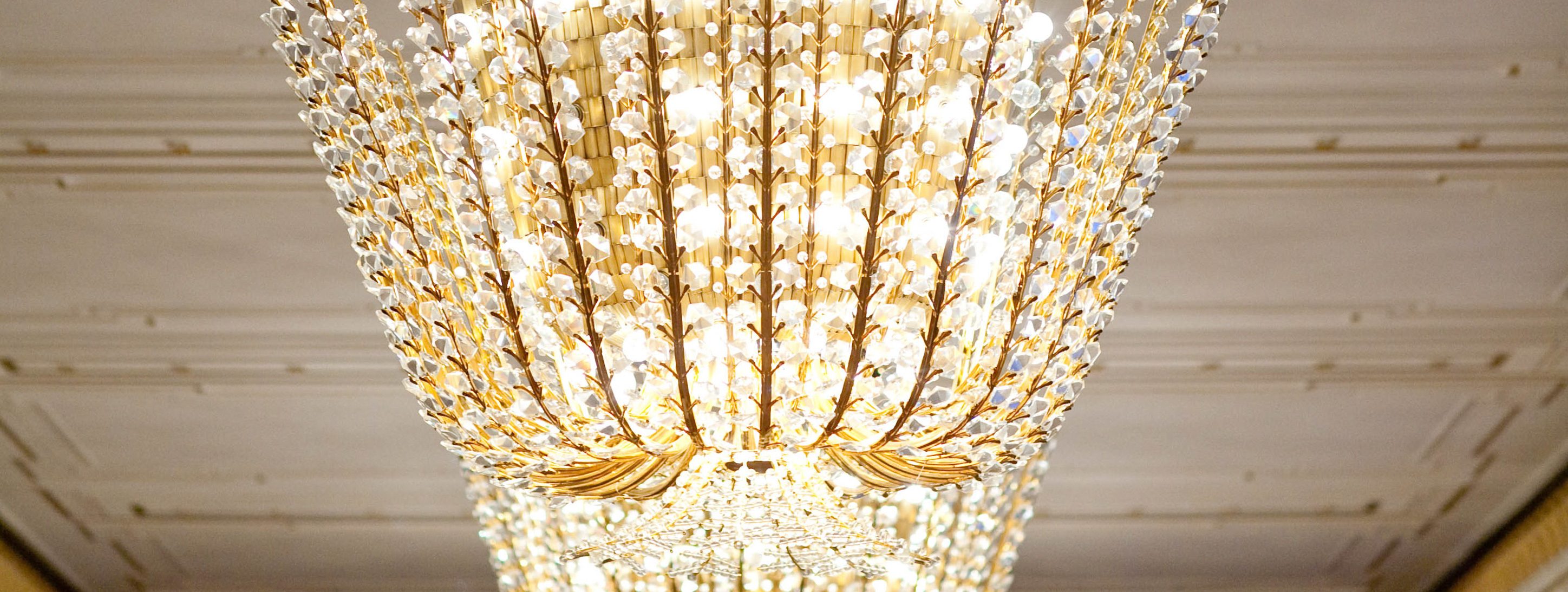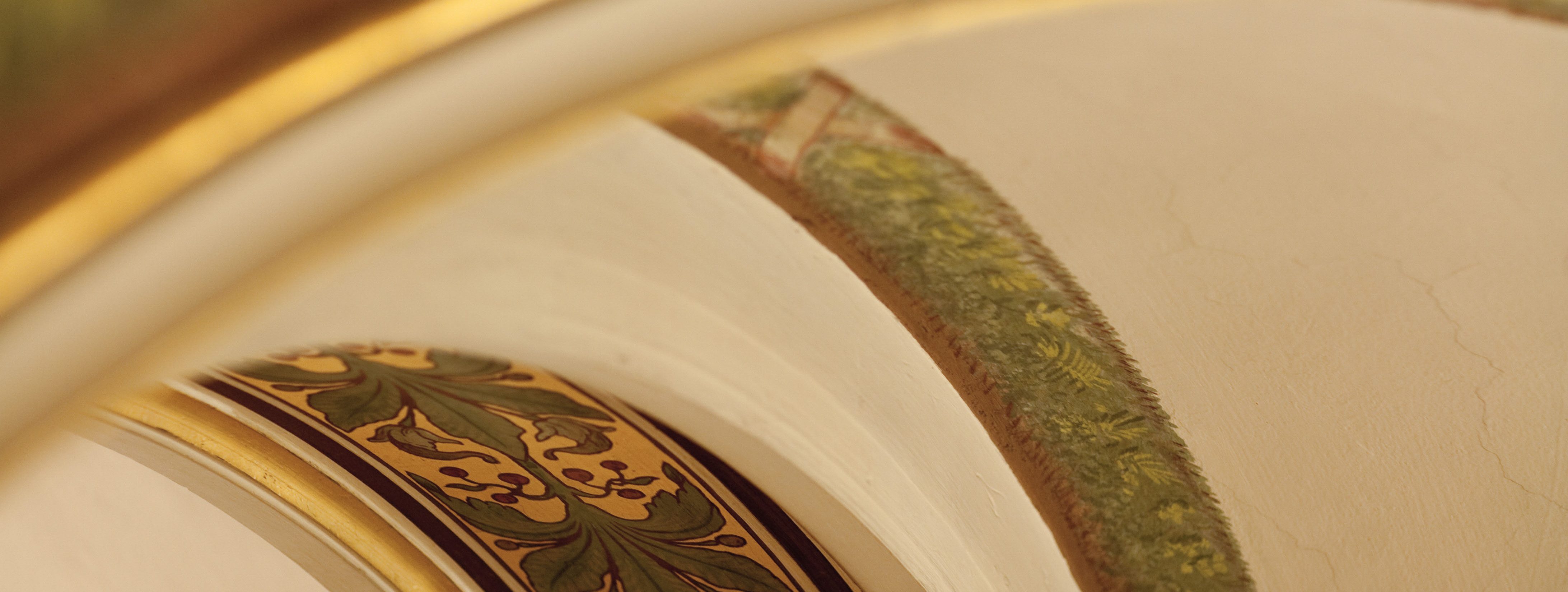About the Production
The Count of Almaviva is in love with Rosina, and Rosina loves the Count of Almaviva.
So everything would be wonderful - if it weren't for Don Bartolo, Rosina's guardian, who won't let her out of the house or out of his sight. He wants to marry Rosina himself and can rely on the support of music teacher Don Basilio, who provides him with information about his rival. The Count's dedicated helper is the title character: Figaro, Barber of Seville and the Count's former servant. His many pieces of good advice result above all in stunningly funny stage scenes and at least do not prevent the two lovers from finding each other in the end.
Figaro's cavatina "Largo al factotum" is the signature melody of the Barbiere di Siviglia, but Rossini's masterpiece is peppered with many more gems. The coloratura cavatina "Una Voce Poco fa", for example, gives Rosina's interpreters brilliant opportunities to shine, and the same applies to the Conte's "Ecco ridente in cielo". Librettist Cesare Sterbini provided Rossini with ideal occasions to make music and thus made a decisive contribution to the enormous stage effectiveness of the work, for example in the finale of the first act, where the controlled chaos of a "Rossini crescendo" reigns: the image of a "hellish forge" conjured up in the text is painted with relish by the music with the sound of hammers and anvils. The busy composer had to write his most famous work in the shortest possible time - even reputable sources assume that the composition could not have taken more than two weeks. In order to achieve his goal in such a short time, Rossini frequently used material from his earlier works; one example of many is the thunderstorm music from the second act, which had already been used in the two operas Il pietro di Paragone and L'occasione fa il ladro, which premiered in 1812.



